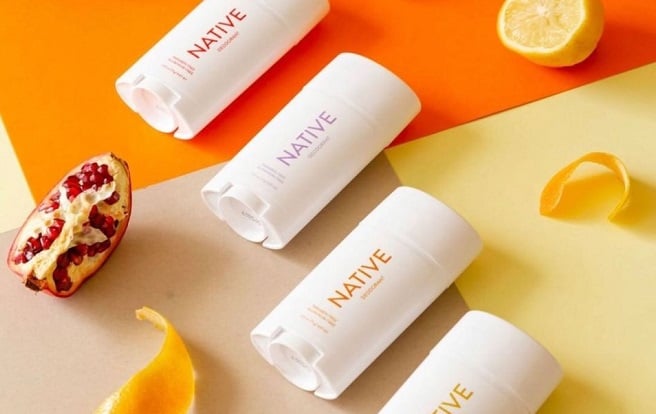Direct-to-consumer brands
Best practices and resources specifically for DTC brands to help them grow strong. Those brands are disruptive and need new strategies as they are going after incumbents.
Ecommerce benchmarks for beauty brands
Beauty is one of the sectors where direct-to-consumer brands are taking a lead. The traditional market for cosmetics seems to be lacking in variety and accessibility while customers want more and better solutions for their beauty needs. A cosmetic product manufacturer plays a crucial role in this shift, ensuring that innovative and diverse products reach consumers directly. Direct-to-consumer democratizes the access to specialized products, high-end makeup and natural products, to name a few consumer trends to watch. This is why we have every reason to believe more and more DTC beauty brands will be successful.
To help smaller brands get there, we gathered data from the beauty brands we work with on a daily basis to make key ecommerce metrics benchmarks available.
The most important ecommerce benchmarks for beauty brands the report covers:
- conversion rate,
- customer retention rate,
- customer lifetime value (CLV),
- orders per customer,
- time between orders,
- cart abandonment rate.
Best practices when selling coffee online
Online coffee shops are an extraordinary corner of ecommerce. We say it not only as coffee junkies but as marketers too.
It’s an incredibly hard product to market – it looks generic to the average consumer, and at the same time it’s hard to showcase online because its most distinctive features are taste and smell.
That’s why we’re so deeply interested in the strategies online direct-to-consumer coffee brands use to sell. Here are the best practices we uncovered and advice from seasoned coffee entrepreneurs.
Direct-to-consumer wine: Ecommerce report
DTC wine seems to be benefiting from the global pandemic of 2020. It’s awful to gloat, but it’s the truth. DTC wine brands we work with report steep growth since 2019 as people stay and drink at home more. Plus, wine is the drink of choice of millennials, the key consumer age group right now. If you run a DTC wine business, we hope things are the same for your winery or shop.
To help your wine brand grow, we put together a report on the most important ecommerce metrics specifically for your niche. You can benchmark how you’re doing compared to other DTC wine businesses.
How to set up Instagram Shopping, shoppable posts and tag products
Instagram replaced its Activity tab with the new Shopping tab recently.
Shoppable posts and stories, more influencer partnership features and direct Instagram checkout. All these new shopping features show the platform’s shift to ecommerce, making it a place for product discovery.
In this article, we’ll explore these new ecommerce-focused features and how they can be useful to online brands. We’ll also quickly explore how you can set up an Instagram shop and how to link Shopify or WooCommerce to Instagram.
Five ways to effectively brand your packaging
The post-purchase experience can often be an afterthought in ecommerce, and yet it’s one of the most valuable opportunities you have to tell your brand’s story.
This is because there are not as many touchpoints where you can interact with customers when compared to brick-and-mortar stores, so it’s important to make the most of what’s available.
An easy win? Customizing your packaging. How your product is presented plays a huge part in brand perception. A study found 40% of online shoppers say branded packaging makes them more likely to recommend a product to friends, while 61% say custom packaging makes the brand seem more high-end. Cast techologies foundry can help you make a cool, unique packaging. And if you need logistics services, you may consider getting help from a professional shipping service.
Sales tactics beauty brands can steal from food brands
Sales tactics for beauty brands should inspire repeat orders. Our recent report on ecommerce metrics for beauty brands found that they enjoy around 23% retention rate on average. That’s not awfully lot. We decided to look into another ecommerce product category with an average repeat purchase rate of 31% for successful tactics to steal.
Why can beauty brands learn from food ones?
Because food is a staple and it’s the most shopped category of products. Plus, people are very attached to some brands out of habit or childhood nostalgia.







